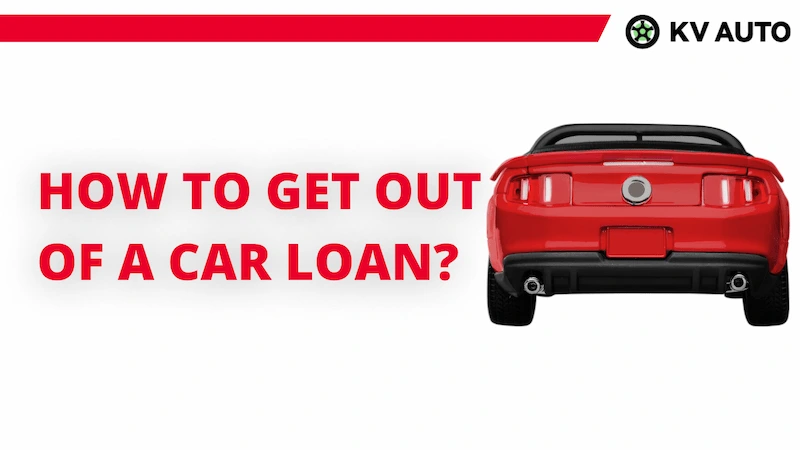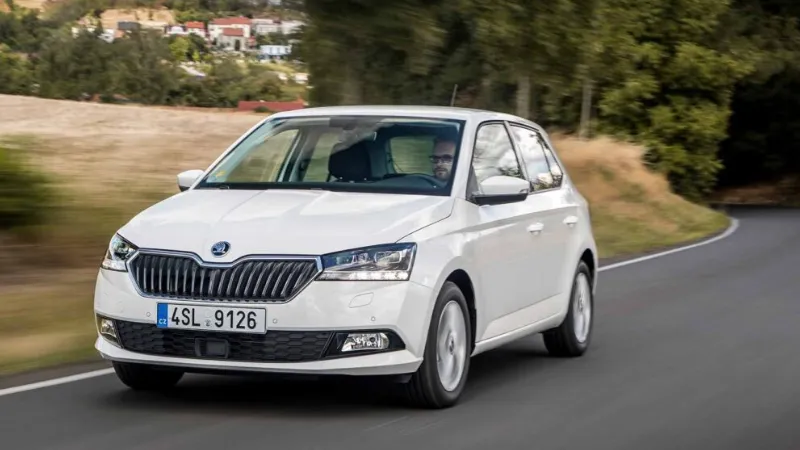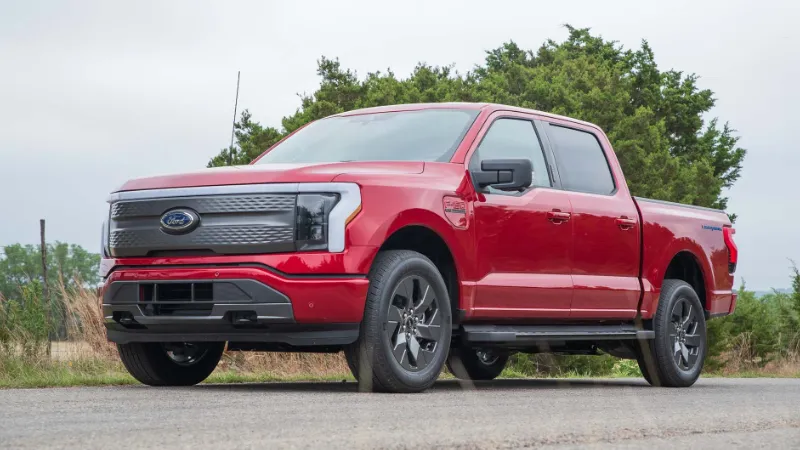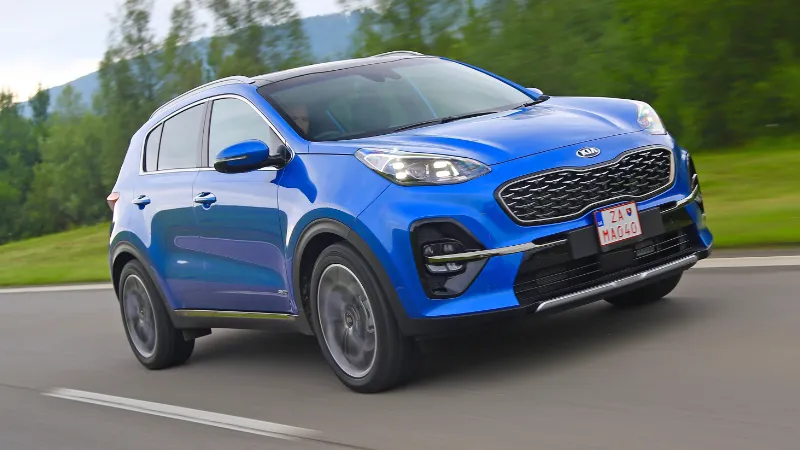There are options available if you find yourself in a situation where you are unable to continue making your regular payments or fear that you may soon be in default on your loan. So, how to get out of a car loan? We will also show you how do car loans work, how to get out of an upside-down car loan, and what to do if you can’t afford your car payments?
You are supposed to pay off the car, refinance your loan, sell the car, renegotiate the terms of your loan, and trade in the car.
Think about whether renegotiating, refinancing, or selling your car might be advantageous and whether voluntary repossession is preferable to defaulting on your loan. Keep reading.
How Do Car Loans Work?
A loan that is secured by a vehicle is a car loan. Although the loan’s increased security can result in lower interest rates than those for unsecured loans, it also increases the likelihood that the lender will seize your car if you don’t make payments.
Usually, online lenders, credit unions, and banks offer auto financing. According to Experian’s State of the Auto Finance Market report, the average interest rate for a loan for a new car was 4.07% as of the first quarter of 2022, while the average interest rate for a loan for a used car was 8.62%. Typically, repayment schedules last between 24 and 84 months.
For auto loans, lenders frequently demand down payments. For a new car, it’s typically a good idea to put down at least 20% of the price, and for a used car, at least 10%. For instance, you should prepare to put down at least $4,000 if you want to finance a brand-new car that costs $20,000.
If your application for a car loan is successful, you will have to start making payments right away. These payments will be applied to the principal, which represents the amount borrowed, and the interest, which represents the cost of borrowing the money.

How to Get Out of Your Car Loan?
You typically cannot return a car after signing the loan documents and sales agreement once your name is on the line. You’ll need to find alternative ways to pay off your auto loan.
Your options for getting out of a car loan will depend on your reasons for doing so and whether you intend to keep the car. Your options will be different, for instance, if you’re having trouble making the payments than if all you’re after is a lower interest rate.
Pay Off the Car
Paying off the remaining loan balance is the best way to get rid of a car loan. To find out if there will be a prepayment penalty, speak with your lender. Otherwise, you can increase your principal payments to pay off the loan faster. After that, the vehicle will be fully yours, and you will be free to keep, sell, or trade it in.
When you repay the loan, the lender will send you a letter stating that the lien has been released from the electronic title and the loan has been satisfied. Depending on your state, you might receive the title in the mail. Of course, you might not be able to pay off the loan early if you’re having trouble making payments. To pay off the debt more quickly, you might lower other expenses or increase your income.
Refinance Your Loan
Perhaps you’ve worked to raise your credit score or found a new job with a higher salary. You might be able to refinance your debt at a lower APR or for a longer term. The interest rate plus any extra charges incurred for borrowing the money are combined to form the APR (or annual percentage rate). Longer terms, such as 84-month auto loans, are becoming more common
If you choose this course, be aware that your new agreements will have an impact on the total amount you pay for the vehicle. A longer term may result in lower monthly payments, but the total cost of the loan will be higher in interest. It’s unlikely that you will be eligible for a lower interest rate if you are having trouble making your monthly car payment and your credit score hasn’t increased.
Sell the Car
The loan can be repaid with the proceeds from the sale of the vehicle. Get in touch with your lender to let them know what you have planned and to obtain the payoff amount required to fully repay the loan. The paperwork and transfer process are taken care of if you trade in the car at a dealer. A private sale will probably net you more money, but you will be responsible for doing all the work.
Renegotiate the Terms of Your Loan
Don’t wait until you are unable to make your monthly payment. Make a new arrangement by calling your lender. If you’ve made on-time loan payments in the past, they might be willing to assist. In addition to options like a lower interest rate or longer payment terms, the lender may offer a forbearance or a temporary deferral of payments. Any principal or interest you owe won’t be forgiven by them.
See what options are available by getting in touch with your lender. Have a plan for how to solve the problem; understand the length of a temporary forbearance that you require or the monthly payment or terms that you can manage.
Trade in the Car
Find out whether you can trade in your car for a less expensive car by going to a dealership. To find out the value of the car, visit websites like Kelley Blue Book and NADAGuides online. You have negative equity and owe more money than the vehicle is worth if you are upside down on your auto loan.
Negative equity will be added to the loan on your new car by the dealer if you trade in the car but don’t have enough cash to pay off the loan. Your loan amount will be higher than it would otherwise be for the second vehicle alone because the monthly payment will include both the loan for the second car and the negative equity from the first car.

How to Get Out of An Upside-down Car Loan?
Your loan is regarded as upside down if you owe more on it than the vehicle is worth. This might occur if you put very little money down when you first bought the car or if its value drops quickly. It may be more difficult to sell or trade in your car and to get approved for a new loan if you have an upside-down loan.
Calculate how much negative equity you have in your car if you find yourself with an upside-down loan. To do this, deduct the value of your car from the balance left on your loan. You have $5,000 in negative equity, for instance, if your loan balance is $20,000 and your car is only worth $15,000.
Once you know how much negative equity you have, here are a few options to consider:
- Make a new loan out of the negative equity.If you want to purchase a new vehicle, you might be able to roll your negative equity into the new loan. This means that the price of the new car will be increased by the negative equity, and you will finance the entire purchase. For instance, if you spend $30,000 on a new car and have $5,000 in negative equity, you’ll finance the car for $30,000 total.
- Get a personal loan.If you don’t want to purchase a new vehicle right away, you could apply for a personal loan to pay off your negative equity. If you can qualify for a low interest rate and have good credit—generally defined as a score of 670 or higher—this could be a useful option.
- Save money to offset the negative equity. Depending on your financial situation, saving up cash to pay off your negative equity might make the most sense. While it might take some time, doing this will prevent you from having to pay interest over a longer period of time. All you need to do is make sure you keep paying the bare minimum each month toward your loan.
What to Do If You Can’t Afford Your Car Payments?
Be sure you can afford a car before taking out a loan for one. However, get in touch with your lender as soon as you can if your situation has changed and you are unable to make your loan payments. Your credit score and repayment record may influence the lender’s willingness to modify your loan terms, such as lowering your interest rate or reducing your monthly payments.
A job loss is one example of the financial hardship that some lenders offer their customers. You might be able to temporarily postpone payments or make interest-only payments, for instance.
Can You Buy a Car Without a Loan?
Yes, you can purchase a car without taking out a loan. You’ll need to put aside the money needed to purchase the vehicle in cash in order to do this. Buying a car without taking out a loan also means you’ll probably save hundreds or thousands of dollars in interest, which may be challenging if you need a car right away or don’t have any extra money in your budget to put toward a car fund.
If you’d prefer not to obtain a car loan, you might want to think about applying for another type of loan, such as an unsecured personal loan. However, because this type of loan carries a higher risk for the lender without collateral, you’ll probably end up paying a higher interest rate than you would on an auto loan.
Exiting a Lease
There are a lot fewer options for breaking a lease early because you don’t own the car.
First, speak with your leasing company and request a revision of your terms. Be honest with potential landlords about your financial situation and try to estimate how much you can afford to pay until the lease is over.
The majority of the time, even though you are returning the car, you will still need to pay the remaining balance. In addition to any other customary end-of-lease fees, like potential excess mileage fees, some leasing companies also charge an early lease termination fee and a disposition fee.
However, this won’t be inexpensive or risk-free. You can also transfer your lease to someone else. Current lessees can connect with drivers willing to take over their leases using online resources like Swapalease, LeaseTrader, and LeaseQuit. Shop carefully as fees can vary greatly.
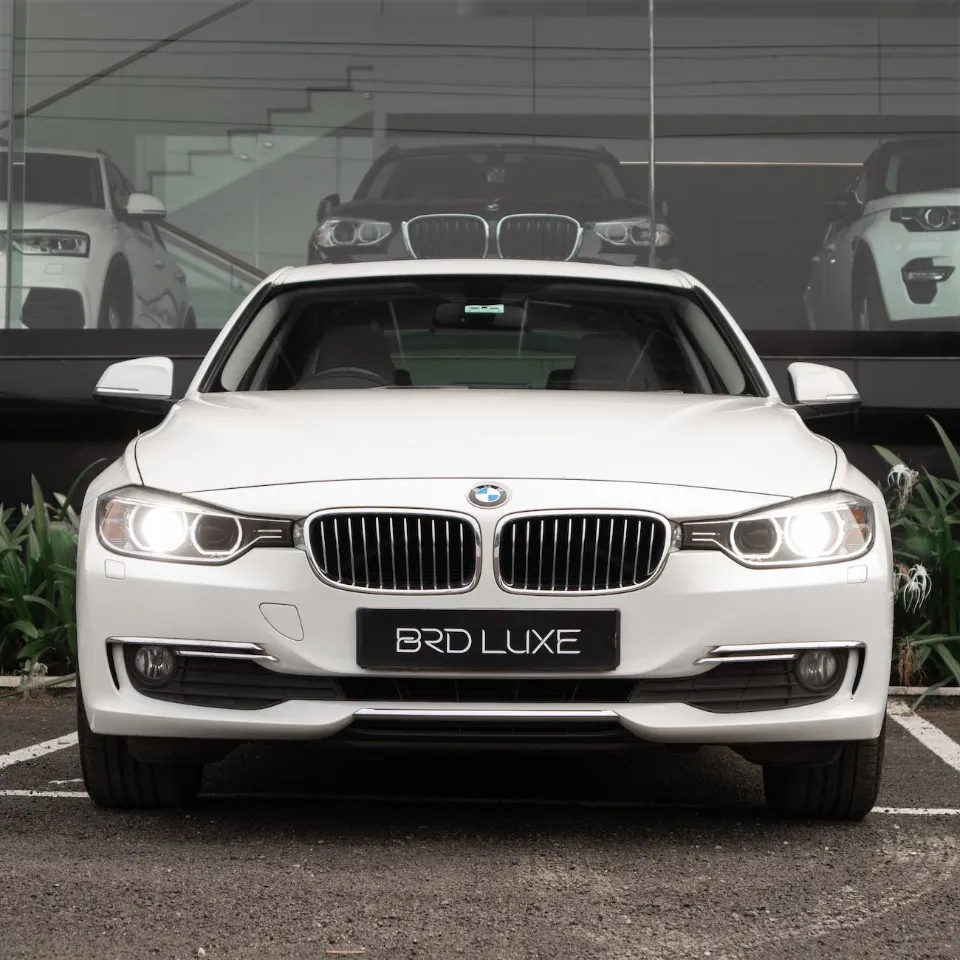
FAQs
What Happens If My Car Loan is Charged Off But I Still Have the Car?
If your lender charges off a secured auto loan but doesn’t repossess your vehicle, you likely won’t be able to sell it or trade it in. When you obtain a secured auto loan to pay for the purchase of your vehicle, the lender registers a lien against the vehicle, giving it a legal claim to the vehicle in the event that you default on your payments.
Does Taking Out a Car Loan Help Your Credit?
As you make on-time loan payments, an auto loan will improve your credit score. As your payment history, amount owed, length of credit history, new credit, and credit mix all meet the requirements for a credit score, your score will rise.
How Long Does a Car Loan Stay on Your Credit?
When you pay off a car loan, the account is closed, so you won’t be able to establish a good payment history after that. And while your loan remains on your credit report for up to 10 years, open accounts have a more significant effect on your credit score than closed accounts.
Can a Car Loan Be Discharged?
The good news is that during bankruptcy, an auto loan is generally considered a type of debt that can be discharged if the debtor is struggling to make the payments. This means that the bankruptcy can “wipe away” the auto loan debt so that the filer can make a fresh start.
Summary: How to Get Out of a Car Loan?
You are supposed to pay off the car, refinance your loan, sell the car, renegotiate the terms of your loan, and trade in the car.
If you can no longer afford a loan or auto lease, it is never too late to end the agreement. Spend some time learning about all of your options before deciding which is best for you financially.
If you have any questions, please leave a comment. KV Auto tries to give you the best car industry information. Thank you for reading.
Read about

